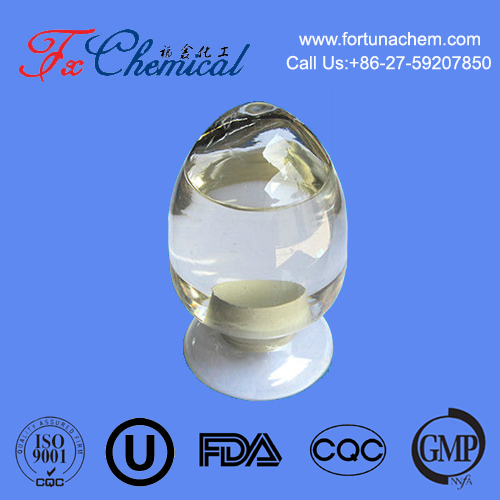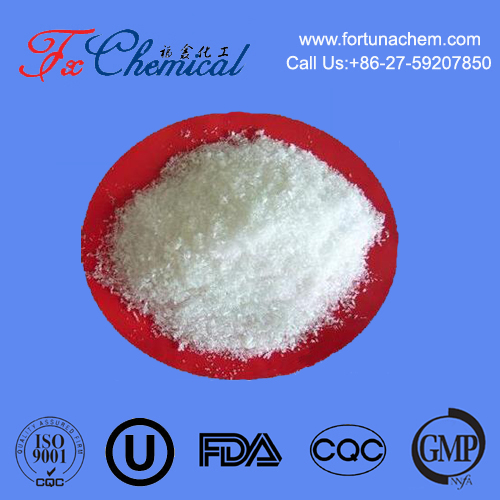
Search

Search

Naphthalene Acetic Acid (NAA) is a synthetic plant hormone belonging to the class of auxins. It was first synthesized in the 1940s and has since found widespread use in various industrial and agricultural applications.
Molecular Structure
NAA is a derivative of naphthalene, a bicyclic aromatic hydrocarbon. Its chemical structure consists of a naphthalene ring with a carboxyl group and an ethylene chain.
Solubility
NAA is sparingly soluble in water but dissolves readily in organic solvents such as ethanol and acetone, facilitating its application in various formulations.
Stability
NAA exhibits moderate stability under normal storage conditions but may degrade upon exposure to light, heat, or alkaline pH.
Agricultural Uses of NAA
Plant Growth Regulation
One of the primary applications of naphthaleneacetic acid in agriculture is as a growth regulator. It influences various physiological processes in plants, including cell elongation, root formation, and flowering.
Fruit Development
NAA is widely used to enhance fruit set and development in horticultural crops. It promotes fruit enlargement, improves fruit quality, and mitigates fruit drop in certain plant species.
Seed Germination
In seed biology, NAA is employed to break dormancy, stimulate seed germination, and enhance seedling vigor, particularly in recalcitrant or difficult-to-germinate seeds.
To use naphthalene acetic acid (NAA) powder effectively, follow these steps:
Determine Application Rate: Consult the product label or instructions provided by the manufacturer to determine the appropriate application rate for your specific use. The recommended rate may vary depending on factors such as the type of plant, growth stage, and desired outcome.
Prepare the Solution: Measure the required amount of NAA powder based on the recommended application rate. Dissolve the powder in a small volume of water to create a concentrated solution. Stir or agitate the solution thoroughly to ensure uniform mixing.
Dilute as Needed: Depending on the intended application method and target concentration, dilute the concentrated NAA solution with additional water to achieve the desired strength. Use a calibrated measuring device or mixing container to ensure accuracy.
Apply to Plants: Apply the diluted NAA solution to plants using a suitable method, such as foliar spraying, soaking, or drenching. Ensure thorough coverage of plant surfaces, including leaves, stems, and roots, for optimal absorption and effectiveness.
Timing and Frequency: Time the application of NAA according to the plant's growth stage and developmental needs. For example, NAA may be applied during flowering to promote fruit set or during vegetative growth to stimulate root development. Follow recommended application intervals for sustained effects.
Monitor Effects: Observe the response of treated plants to NAA application, including changes in growth, flowering, fruiting, and overall health. Monitor for any signs of phytotoxicity or adverse reactions, such as leaf yellowing, wilting, or stunting, and adjust application rates or timing accordingly.
Safety Precautions: Handle NAA powder and solution with care, following safety precautions outlined on the product label or safety data sheet. Wear appropriate personal protective equipment, such as gloves and eye protection, when handling concentrated solutions. Store NAA powder in a cool, dry place away from children, pets, and food items.
Naphthalene Acetic Acid (NAA) occupies a significant role in modern agriculture and industry, owing to its diverse applications and physiological effects on plants. While its usage presents benefits in terms of crop yield and quality, careful consideration of safety, environmental impact, and regulatory compliance is essential to ensure sustainable and responsible stewardship.
Is NAA safe for use in organic farming?
While NAA is not approved for organic farming due to its synthetic nature, organic-certified alternatives are available for similar applications.
Can NAA be used on all types of crops?
NAA's efficacy and safety vary depending on the crop species, growth stage, and environmental conditions. Consultation with agricultural experts or extension services is recommended for specific recommendations.
Does NAA have any adverse effects on human health?
When used according to label instructions, NAA poses minimal risk to human health. However, exposure to concentrated formulations or mishandling can lead to skin or respiratory irritation.
How long does NAA persist in the environment?
NAA's persistence in soil and water depends on factors such as temperature, soil type, and microbial activity. Under favorable conditions, its half-life ranges from several days to a few weeks.

Quick Links
Add:
E-mail:
 English
English  Español
Español  français
français  العربية
العربية 

![2-Methylpyrazolo[1,5-a]pyriMidine-6-carboxylic Acid CAS 739364-95-5 2-Methylpyrazolo[1,5-a]pyriMidine-6-carboxylic Acid CAS 739364-95-5](/uploads/image/20220216/11/pharmaceutical-excipients-companies.jpg)
